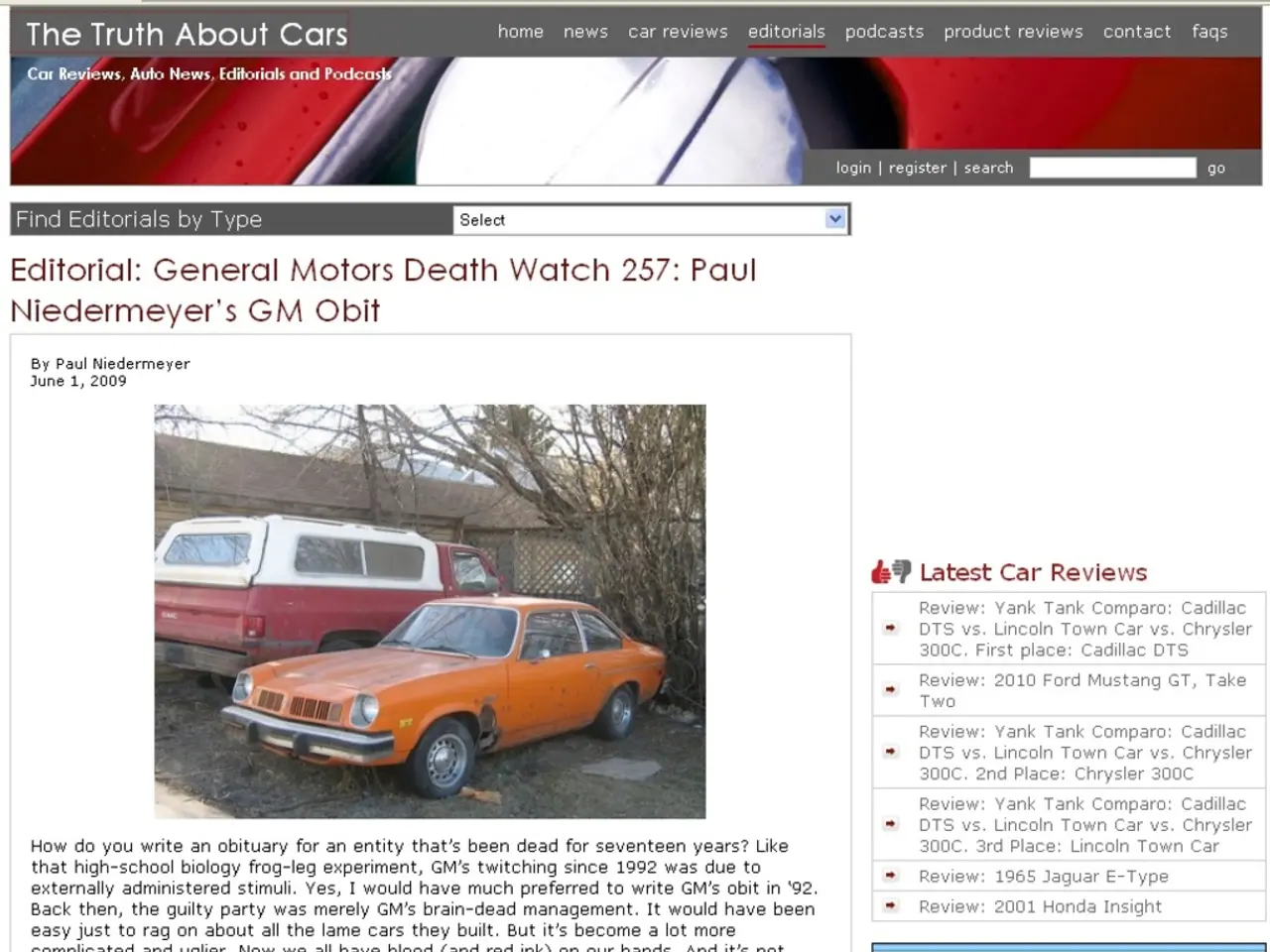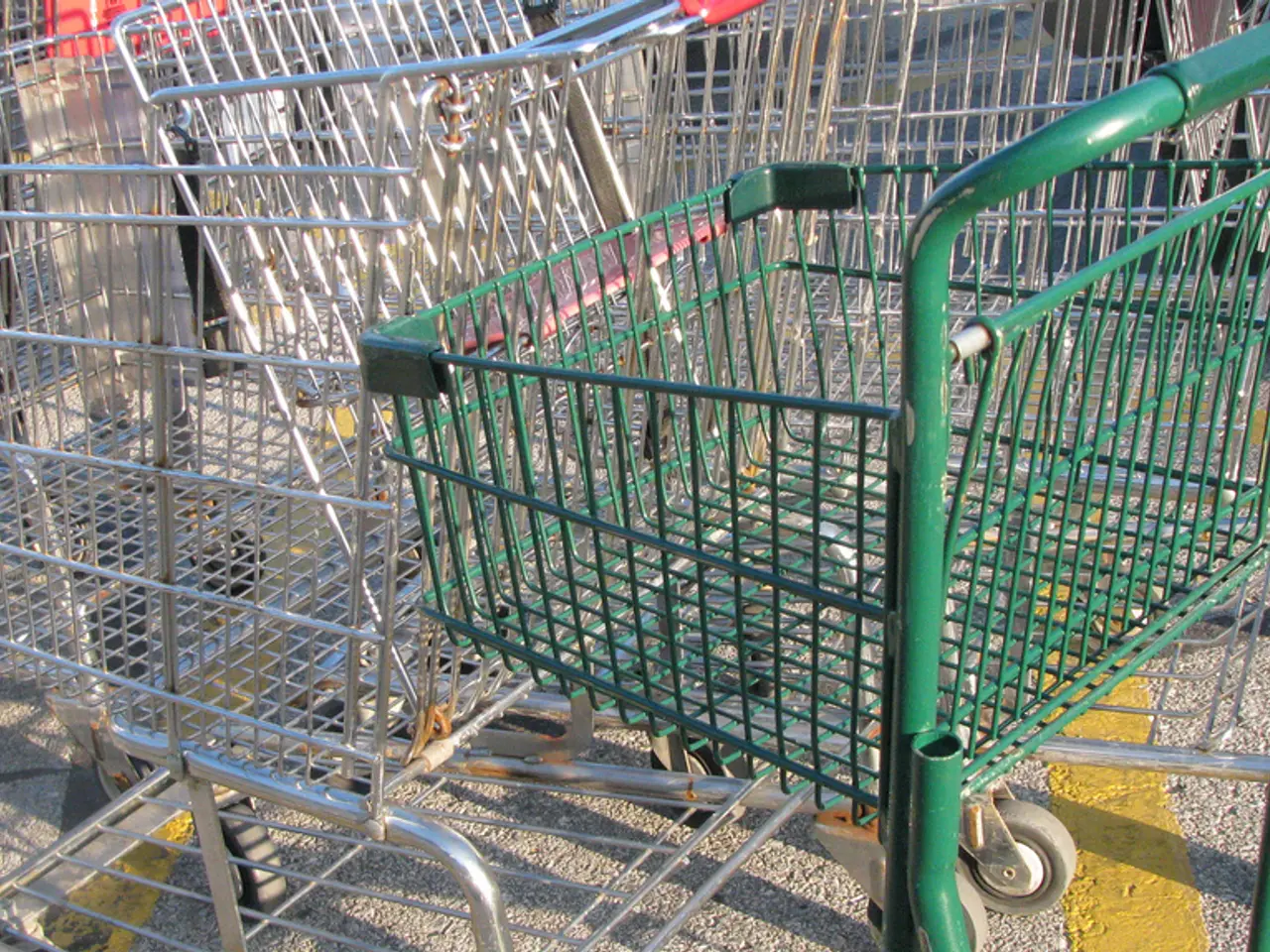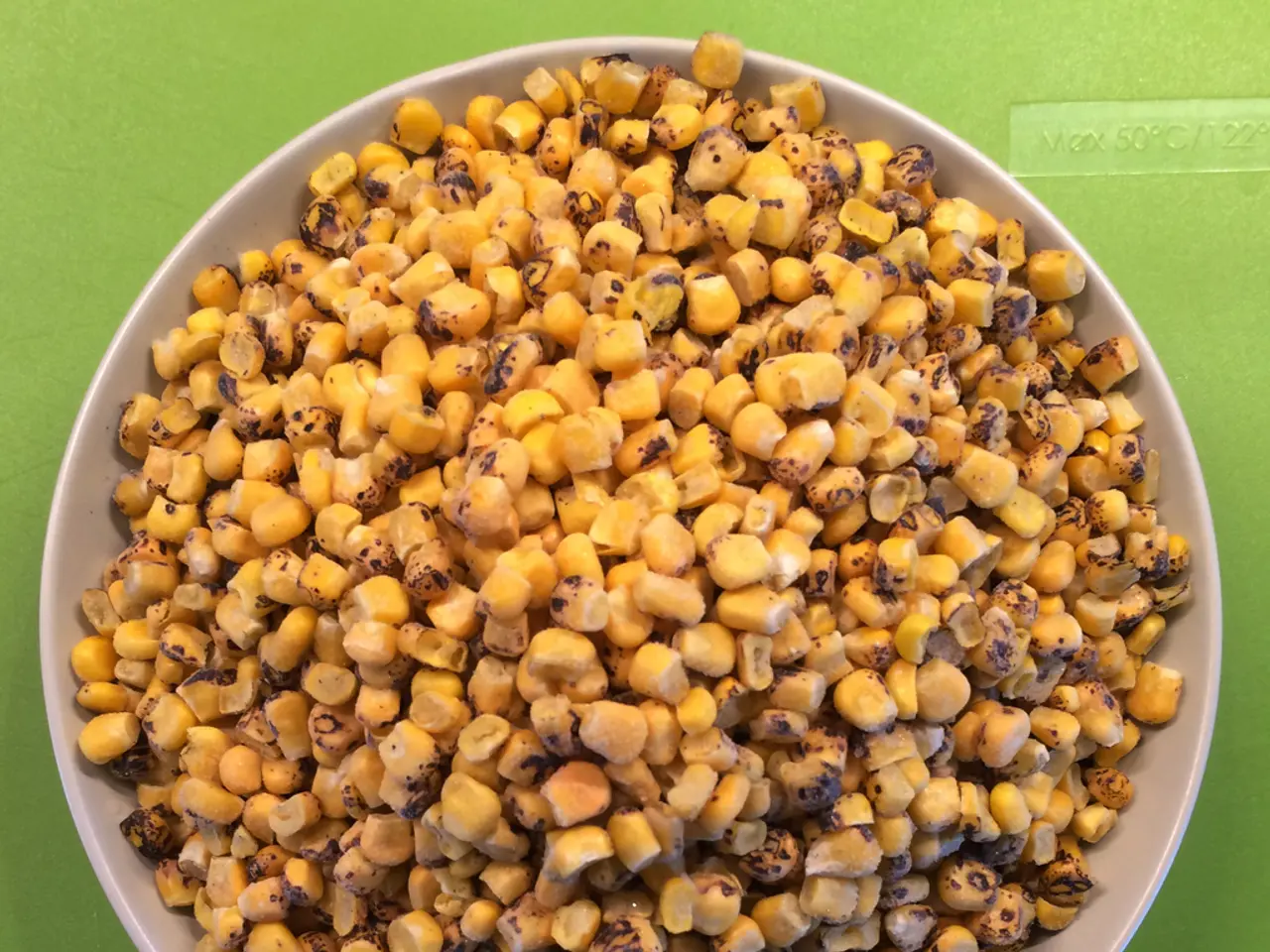Guide for purchasing a MINI R50 model car
The R50 MINI, introduced in 2001, marked a significant milestone in the revitalization of the Mini brand. BMW, after acquiring Rover, chose to reimagine the iconic 1960s Mini as a modern car that evolved naturally over 30 years.
Frank Stephenson's sketch, which blended heritage with modern engineering, was selected as the winning design. The result was a supermini that balanced style, performance, and refinement, with distinctive Mini styling cues updated to deliver improved handling and ride comfort.
The production models of the R50 MINI were powered by a brand-new Chrysler engine, a joint venture between BMW and Chrysler. The initial lineup included two models: the 90bhp One and the 115bhp Cooper, both powered by the 1.6-litre Tritec engine.
The Cooper S, introduced later, marked the brand's return to the US market in March 2002. Featuring an Eaton M45 supercharger and a robust Getrag six-speed manual gearbox, it became a popular choice among enthusiasts. However, it's worth noting that the Cooper S models are prone to oil consumption, with around 250ml per 1,000 miles, and the dipstick may break.
The R50 MINI's design was not without its challenges. Damage to the rear quarters, particularly around the rear light clusters, can be especially tricky to repair. Scuffed or cracked plastic trim and kerb-damaged alloys are common faults. Parking dents on the doors and rear quarters require close inspection.
Underneath, a thorough inspection is worthwhile, as rust may affect the rear subframe and areas around the fuel tank. Minor corrosion can occasionally appear in places like the bottoms of the doors, panel edges, and where the bumpers meet the bodywork.
In 2003, a frugal 74bhp 1.5-litre Toyota D-4D diesel One D joined the range. Engine mounts on the R50 MINI tend to wear out, causing clunks and vibrations during the test drive.
The R50 MINI's production ended in 2006, with 130,000 sold in the UK alone. Today, a decent Cooper S can be found for around £2500 to £3000, and a really nice one for about £7000. Hatchbacks outnumber convertibles by roughly three to one.
As a modern classic, the R50 MINI continues to captivate car enthusiasts. However, potential buyers should be mindful of these common faults and carefully check for poorly repaired crash damage elsewhere. A good condition One or Cooper can be found for £1500 to £2000, but a cheaper R50 MINI may require work.
[1] For a detailed account of the R50 MINI's design process and strategic marketing decisions, refer to [source].
- The R50 MINI, a significant milestone in the revitalization of the Mini brand, interrupted the finance industry with its success in capturing the attention of car enthusiasts, contributing to sales of over 130,000 units in the UK alone.
- The automotive industry took notice of BMW's reimagined MINI, as the Cooper S model returned the brand to the competitive US market, showcasing refined engineering with a supercharged engine and improved handling.
- Lifestyle choices, influenced by trends in the transportation sector, have frequently led car enthusiasts to seek out affordable R50 MINI models, with hatchbacks being more popular, as they continue to appreciate as modern classics despite various common faults and potential repair needs.




